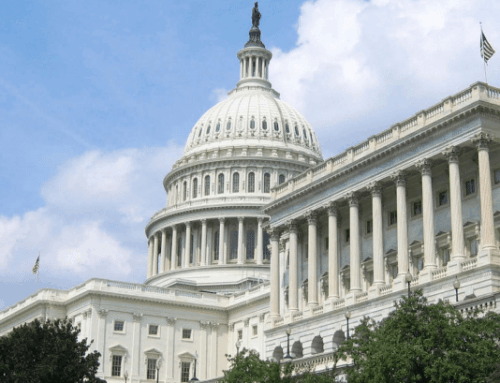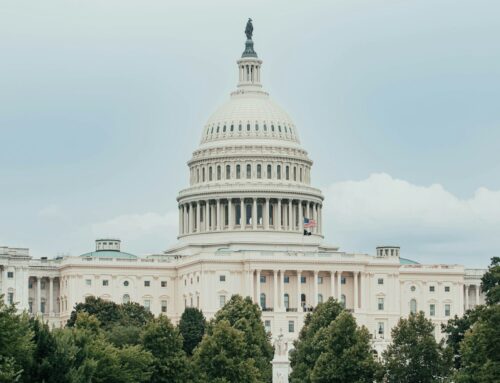Every year there is a kabuki dance on Capitol Hill that churns out partisan claims and counter-claims that one party or the other is courting annihilation of our way of life. The simple, normal-sounding name for it is the budget process. Here's how it goes in 700 words or less:
It starts with the President submitting in early February a request for the next year's government budget. This statutory requirement kicks off the annual howling of the partisans. A voluminous and tricky document to decipher, the budget is a more than foot-tall pile of five volumes. But that's not the end of it. Over the next several weeks, agencies submit budget justification documents to Congress to help explain where the numbers in the budget come from. The “PresBud” as it is called forms the basis of the fiscal year budget that starts the following October. It takes well over a year and hundreds of staff at the various agencies to produce. This means that Congress — with far less time and staff — generally ends up tweaking the margins (which at more than $3.7 trillion are admittedly quite pricey) rather than drafting a full rewrite. And when the ends of Pennsylvania Avenue are controlled by opposing parties, it just gets to be political grandstanding.
The Budget Committees in the House and Senate were created in the Congressional Budget and Impoundment Control Act of 1974 in response to perceived budgetary abuses by President Nixon. This was also the genesis of the non-partisan Congressional Budget Office, created to evaluate the numbers behind spending and revenue proposals and provide a counter-weight to budget claims coming out of the executive branch's Office of Management and Budget.
These budget committees are tasked with taking the PresBud and creating their Concurrent Budget Resolution. The legislation they draft is for Congressional use only: it doesn't go to the President, it isn't law, it just helps Congress keep its budgetary ducks in a row.
Instead of specifying every penny, or even every program or agency budget, the budget resolution outlines a broad silhouette of their budget, detailing the top line of discretionary spending and ensuring the House and the Senate are on the same budgetary page as they prepare the annual spending bills.
Although the budget resolution directs the level of spending in each area of the budget, the old bull committee chairmen who controlled Congress in the 1970s ensured these directions could be treated as little more than recommendations. House Agriculture Committee Chairman Lucas (R-OK) said as much: “I would caution people about reading too much into the numbers or policy proposals in either the President's budget or the Ryan budget. They are only suggestions… deficit reduction targets will be developed [as the committee members] write a fiscally responsible Farm Bill.” (We certainly take issue with the idea that the Ag Committee is capable of coming up with anything resembling “fiscally responsible,” but that's for another Weekly Wastebasket).
There are mechanisms to enforce cuts through budget reconciliation, but these have been used sparingly in recent years. In addition, the adoption of the budget is an inherently partisan exercise that in both chambers passes almost completely on majority votes (the budget resolution is given expedited consideration in the Senate and is not subject to filibuster, so it only needs a majority).
A lot of the budget committee's power or lack thereof comes down to moral budgetary suasion and charisma of the Chairman. Chairs like current House Chair Ryan (R-WI) or his predecessors Leon Panetta (D-CA) or John Kasich (R-OH) were able to build a national profile and bully pulpit to argue their positions.
None of this is to say that budget development isn't an important exercise. It is. And it provides an opportunity for the President and the majorities in Congress to lay down a marker on where they believe the nation's priorities lie, what level of spending there should be, and what new programs and revenue items they propose. But no one should confuse it with a blueprint for how our government is or should be funded. So let the annual howling of the partisans commence. Just don't confuse it with substantive, bi-partisan, in-the-weeds discussions of how to get our fiscal house in order.
###
TCS Quote of the Week
“It's just more evidence that the budget process is totally broken and that's bad for governance.” — Rudolph Penner, Former Congressional Budget Director, on the inability of Congress to pass a budget. ( CNN Money )










